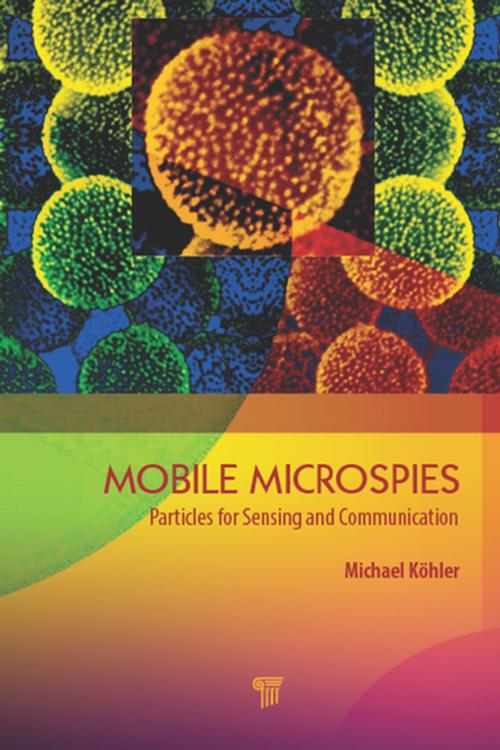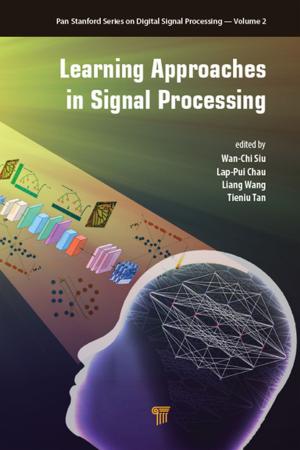Mobile Microspies
Particles for Sensing and Communication
Nonfiction, Science & Nature, Science, Chemistry, Analytic| Author: | Michael Köhler | ISBN: | 9780429828072 |
| Publisher: | Jenny Stanford Publishing | Publication: | December 7, 2018 |
| Imprint: | Jenny Stanford Publishing | Language: | English |
| Author: | Michael Köhler |
| ISBN: | 9780429828072 |
| Publisher: | Jenny Stanford Publishing |
| Publication: | December 7, 2018 |
| Imprint: | Jenny Stanford Publishing |
| Language: | English |
On the one hand, particle-based sensing techniques are driven by new technologies for preparing and measuring micro- and nanoparticles and by a fascination of the possibilities for design and functionalization of all specificities in structure shapes and behavior of these tiny objects. On the other hand, there evolves a fast-growing need for new sensing and communication paths for medicine, biotechnology, and analytical science, as well as for new and efficient information transfer and storage systems. No longer are particles regarded only as special types of materials. However, we have a better understanding of how they are bridging the gap between material and system, between structure and function.
Although there are numerous books on micro- and nanoparticles and on sensors, there is, to the best of my knowledge, no book focusing on the general concept of particles as mobile microtransducers. This book clarifies that signal-transducing particles should be regarded as functional elements, as part of a system, not simply as special materials. It introduces concepts of bead-base sensing and "mobile spies" at the micro- and nanoscale and gives a representative overview of the variety of particle-based sensing. The state of the art in the development of particles as mobile spies for communication and information management allows us to speculate about future particle-based components and systems in a completely sustainable world economy. In addition, the book reports on a fast-evolving technical field, which is a typical example of the required convergence of technical strategies and mechanisms in living nature, and would make a great reference for professionals and students of chemistry, biochemistry, biology, pharmacy, medicine, agriculture, mechatronics, informatics, materials science, and systems engineering.
On the one hand, particle-based sensing techniques are driven by new technologies for preparing and measuring micro- and nanoparticles and by a fascination of the possibilities for design and functionalization of all specificities in structure shapes and behavior of these tiny objects. On the other hand, there evolves a fast-growing need for new sensing and communication paths for medicine, biotechnology, and analytical science, as well as for new and efficient information transfer and storage systems. No longer are particles regarded only as special types of materials. However, we have a better understanding of how they are bridging the gap between material and system, between structure and function.
Although there are numerous books on micro- and nanoparticles and on sensors, there is, to the best of my knowledge, no book focusing on the general concept of particles as mobile microtransducers. This book clarifies that signal-transducing particles should be regarded as functional elements, as part of a system, not simply as special materials. It introduces concepts of bead-base sensing and "mobile spies" at the micro- and nanoscale and gives a representative overview of the variety of particle-based sensing. The state of the art in the development of particles as mobile spies for communication and information management allows us to speculate about future particle-based components and systems in a completely sustainable world economy. In addition, the book reports on a fast-evolving technical field, which is a typical example of the required convergence of technical strategies and mechanisms in living nature, and would make a great reference for professionals and students of chemistry, biochemistry, biology, pharmacy, medicine, agriculture, mechatronics, informatics, materials science, and systems engineering.















